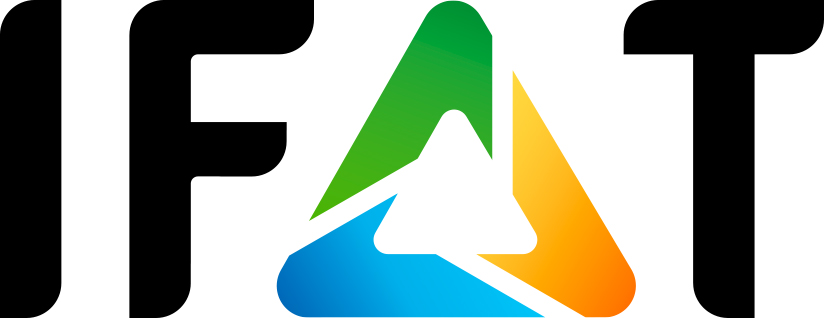The circular economy must become more digital
Better now than later: support programs and research projects provide a boost for the digitalization of the circular economy.
For the German Federal Environmental Foundation (DBU), digitalization is a great opportunity for the circular economy. “Material flows and consumption can be precisely analyzed and thus better managed,” says Dr. Max Hempel, Head of Environmental Research and Nature Conservation at DBU. Material losses could thus be reduced. However, Federal Environment Minister Svenja Schulze differentiates: “Digitalization needs rules—then it can become a driver of opportunities for wealth, justice and the environment.” By the end of this year, the Federal Ministry for the Environment, Nature Conservation and Nuclear Safety (BMU) intends to develop an “Environmental Digital Agenda” in the dialog with users and developers.

Improving the relationship between service provider and customer
Digitalization not only offers the opportunity to advance efficiency-enhancing technology on vehicles and containers but can also help to optimize interfaces between service providers and customers. In a current position paper, the German Engineering Federation (VDMA) calls for rapid action: the development of a uniform communication infrastructure for the digitalized industry offers the opportunity to collect sustainability data. The costs for adapting the system increase as digitalization progresses—without taking the circular economy into account. According to VDMA, this time window should be used.
Still a lot of potential to be tapped
The VDMA study frequently quotes an author who already in 2017 provided a differentiated analysis of the “digital transformation as a pioneer of resource-conserving material cycles.” According to Dr. Henning Wilts, Head of Circular Economy at the Wuppertal Institute for Climate, Environment and Energy, the following sectors play a major role in digitalization: the material processing industries, the metal industry and the packaging sector processing high shares of plastics. Wilts also refers to a study by the BMU which states that no environmental lead market could benefit as much from digitalization as the circular economy—however, no other sector is as poorly positioned.
Small and medium-sized enterprises need support
Wilts calls for a center of excellence “Digitalized Circular Economy”, because especially small and medium-sized companies need support in this often new business area. In summary, Wilts states:
Dr. Henning Wilts, Head of Circular Economy at the Wuppertal Institute for Climate, Environment and Energy: “In order to implement a resource-saving and digital circular economy, industry, waste management and companies must be networked. Only this way a functioning value-creation network can be established.”
Special program for start-ups
Some of the demands that Wilts formulated have now become reality. This year, DBU launched the €1.5-million special program Green Start-up to promote company founders with a focus on digitalization. €125,000 in funding is thus available for each young company. In addition, DBU offers sponsored partner companies the competence network “nachhaltig.digital”, providing support and technical advice.
Pioneering sorting technology
Many concrete examples from sorting technology demonstrate the potential of a digitalized circular economy. This includes the “MaReK” project, funded by the Federal Ministry of Education and Research (BMBF). The focus is on Tracer Based Sorting (TBS) for plastic packaging: the packaging material itself or the packaging decoration is marked with fluorescent particles. These result in a “code system” that does not generate any other signals during the sorting process, thus ensuring fast and reliable detection of plastics such as PET bottles that were previously difficult or impossible to distinguish. The code used works unaffected by contamination, deformation or other pigments. Project partners of this pilot project are Der Grüne Punkt—Duales System Deutschland GmbH, the Karlsruhe Institute of Technology (KIT), the Pforzheim University of Applied Sciences and the companies Werner & Mertz and Polysecure.
Safe reverse driving with refuse collection vehicles
Reverse driving of refuse collection vehicles still poses a major safety risk for all road users. Narrow, difficult to access roads and one-way streets are the main problem areas. Accidents happen again and again—in spite of banksmen, rear-view cameras and automatic braking systems. The A/C/S® neo software helps implement the guidelines for reverse driving from the “Waste collection industry rule”: the program of the Erfurt-based IT specialist Q-Soft offers the possibility of setting up an own road information system that allows to add a wide variety of data for the waste disposal process in certain streets and objects. In route planning, this information helps the scheduler assess which road section requires reverse driving or where the waste has to be disposed of with a small vehicle. In addition, the reverse-driving register is graphically displayed in the integrated GIS system. This information is then transmitted to the driver of the refuse collection vehicle analogously or digitally.
